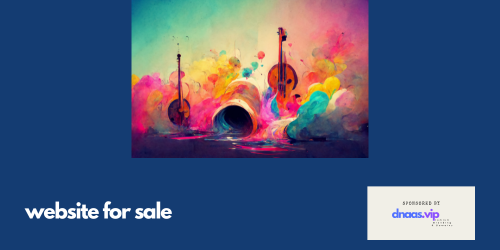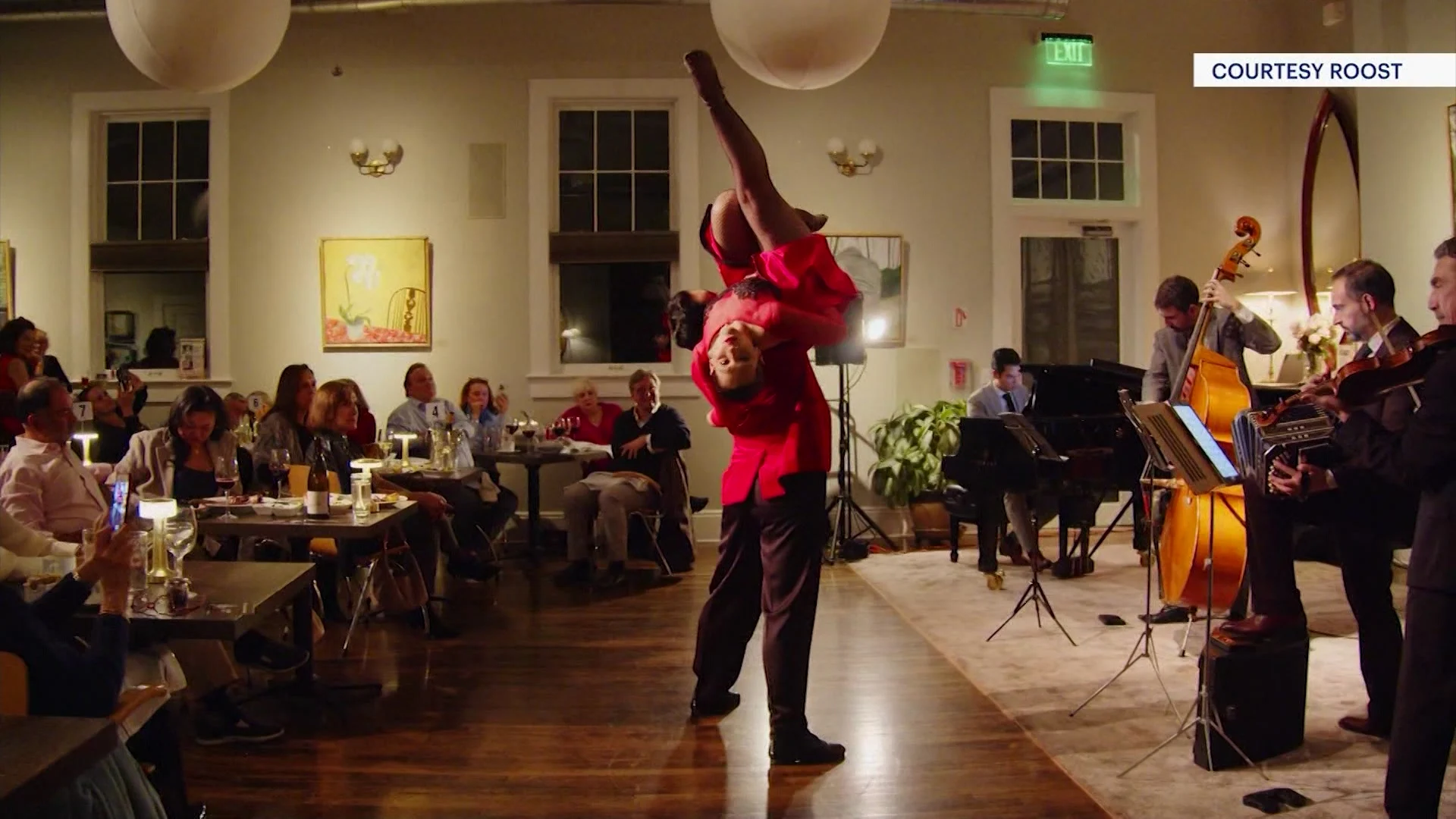
The 10 Best Music Festivals to Attend in 2024
See your favorite artists at America’s 10 Best Music Festivals of 2024, as rated by readers of USA Today’s 10 Best.
10 best
Take a stroll through almost any American mall these days and you’re likely to encounter at least one teenager wearing a black T-shirt emblazoned with a daylight-squinting skull and the name “Misfits” written in a horror movie font .
The iconic copyright – perhaps one of the earliest and most enduring copyrights associated with American punk rock culture – represents a band that formed nearly 50 years ago.
The Misfits headline the Sonic Temple Arts and Music Festival on Friday night, May 17, the second of four nights the event takes place at historic Crew Stadium.
Last year the event was extended to four days, and this year the event includes four stages to showcase even more music. This is the third part of the festival, replacing Rock on the Range, the original version of the massive metal/hard rock celebration that started in 2007 and ran until 2018.
The Misfits mark this year’s decision to move toward traditional ensembles. Judas Priest is a British band formed in 1969 and plays Thursday, The Misfits plays Friday, Pantera was formed in 1981 and its original guitarist was murdered on stage at the Alrosa Villa in Columbus in 2004, although Post-Pantera band. “Insecure” (1994) headlines Thursday and “Slipknot” (1995) headlines Sunday.
Learn about: Five questions for Judas Priest’s Ian Hill ahead of Sonic Temple show
Other appearances include Cypress Hill (1988), Anthrax (1981), Mr. Bungle (1985), Living Color (1984), Bad Religion (1980), Helmet (1989), L7 (1985), and Limp Bizkit (1994), scattered Among younger and future talent.
As a pioneer of punk, metal and hardcore, and one of the primary creators of the horror-punk and psychological horror subgenres, Misfits’ Friday night closer never quite lived up to expectations.
The band’s founders include vocalist Glenn Danzig and bassist Jerry Only, as well as guitarist Doyle Wolfgang Von Frankenstein and Slayer drummer Dave Lombardo.
At one point early in his career, Danzig left to form Samhain and Danzig. Danzig’s return a decade ago was prompted in part by court proceedings. Since then, the band has performed on and off.
Over the years, an air of mystical fascination has shrouded their rare pieces, some of which have sold for five figures. Perhaps this legacy has led to unreasonable expectations.
The orchestra sounded tight and energetic, although there was nothing dangerous about the lack of spontaneity. The selections—a massive sample of their most famous works—cover all the bases. Playing to a fanfare-free, nearly black stage, the band took the stage with “Death Comes Ripping” before launching into cornerstone songs from their catalog, including “Vampira” — about the original “Scary Girl,” Danzig said — —”Mom, can I?” Go out and kill tonight?
What happened in the summer: A slew of summer festivals in Central Ohio fill your calendar
Danzig, 68, introduces “Die, Die My Darling,” saying, “This is a love song I wrote a long time ago.” The arrangements don’t deviate, nor do they surprise. The huge video screens flanking the stage contained little or no live footage, which only heightened the feeling that Danzig was out of touch with the company.
As the show came to an end, the crowd thinned out. “Mr. Bungle” had played a few hours earlier on one of three stages outside the stadium, and it was a different story. In fact, the group’s anarchic performance seemed to leave some viewers less than sure of what they had just seen.
Curated and led by Mike Patton. Covering metal, punk, avant-garde jazz, ska and shmaltzy pop ballads.
Much of that was confirmed Friday night. Keeping track of it all becomes a little difficult. A song that begins with a metallic thud will succumb to space-processed vocals and end abruptly. It’s hard to guess where one song ends and another begins. Still, it’s a musical adventure, one enhanced by frontman Patton’s sense of humor, sarcasm, and obvious devotion to the material.
That said, when Mr. Bungle opens with crooning ballads like Spandau Ballet’s “True” and then tears them apart with a ferocious metal attack, it almost seems part of a whole. The cameo from Sepultura/Soulfly’s Max Cavalera is a special treat.
Although the band created a powerful maelstrom of musical energy, Code Orange’s overwhelming hardcore was far less stylistically ambitious. Key to the band’s attack is vocalist Jami Morgan, a charismatic frontman who alternately sings passionately and growls with the best of metal growlers while carrying the likes of a young Henry Rollins ( Henry Rollins’ energy was hopping.
Review: Bruce Springsteen and the E Street Band deliver over three hours of thunderous hits
Just six years ago, the band seemed dark and grimy, but now it’s precise and frenetic.
Outside the stadium, Sum 41’s Cathedral Stage, located in the parking lot on the south side of the venue, was packed earlier in the day. Frontman Deryck Whibley says the pop-punk band are in their element, giving loyal fans new songs from their upcoming “final album”.
In addition to the considerable audience space, the stage also broadcasts to arts and lifestyle vendors outside of the festival. Sunday night’s intergenerational lineup emphasized the musical diversity that is a hallmark of the festival.
Featuring founder Page Hamilton on guitar and vocals, Helmet reflects a stripped-down version of the genre fusion that began while performing at the Citadel Stage in 1989.
Hamilton, a jazz student and veteran member of avant-garde composer Glenn Branca’s Guitar Ensemble and the no-wave group Band Of Susans, brings strong, tight echoes of the band’s inspiration to the stage.
The pounding rhythm of “Milquetoast”, along with the interplay of him and second guitarist Dan Beeman’s alternating saws, made the band a clear standout from the rest of the afternoon’s schedule. “Just Another Victim,” originally recorded with House of Pain, touches on the political side of Hamilton’s songs, which are also often thorny philosophical rants.
Next up is the adjoining Sanctuary stage – switching between it and the Citadel with barely a break in the action – L7 harkens back to another wrinkle in ’80s musicals. The all-female foursome, which includes original members Donita Sparks, Suzi Gardner and Jennifer Finch, has a musical style that eschews riot -grrrl Basic rock music from punk, grunge and Runaways.
“Sadly, this song is still relevant, but we wish it wasn’t,” Sparks said while introducing “Wargasm,” a particular highlight.
In contrast, Georgia hard rock band Baroness are very young and haven’t changed much in their stylistic formula, which is reminiscent of the “heavy music” of the 1970s. However, as the sun faded in the west, the quartet did bring an unpretentious and sometimes virtuosic performance to the stage.
“Last Word” highlights one of the band’s greatest strengths, with guitarist/vocalist John Baizley and virtuoso lead guitarist Gina Gleason blending their respective sounds and styles Together, they make a stunning combination.



